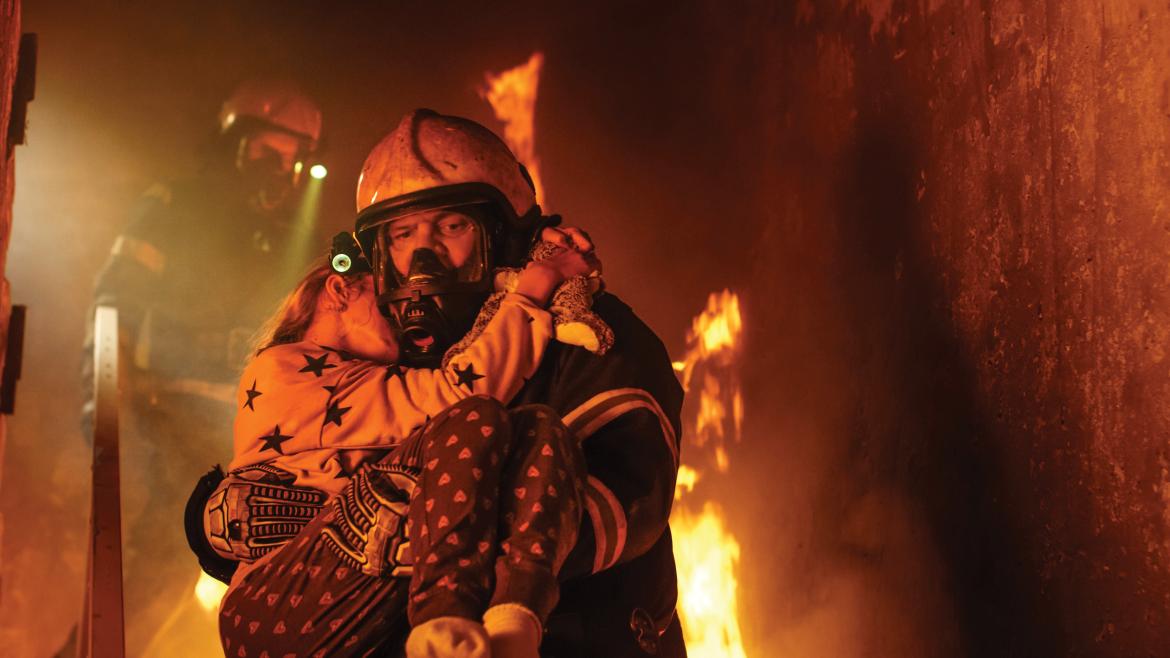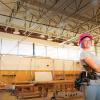
Every year, faculty and students at VIU go out into communities to participate in research that is having significant impacts on the region as well as giving students important experiential learning opportunities. Here are a few projects they engaged in this year. Project two of five.
October 17, 2018 - 9:15am
Every year, faculty and students at VIU go out into communities to participate in research that is having significant impacts on the region as well as giving students important experiential learning opportunities. Here are a few projects they engaged in this year. Project two of five.
Firefighting can be an intense, stressful job. Of the 14,000 people who do this important, life-saving work, more than 10,000 of them are volunteers, says VIU Health and Human Services Professor Leigh Blaney, who for the past decade has been researching resilience — the capacity to recover quickly from difficulties.
Her research led to a new definition of resilience for rescue workers such as firefighters, nurses, police officers and others who deal with trauma on a regular basis, and has contributed original knowledge and additional insights into how we think about resilience. Blaney found that resilience is not a linear model, but a multi-dimensional, interactive and dynamic concept, which people experience differently.
The research is important because it uncovered ways to build resilience in front-line workers who, due in part to the work they perform, may be at higher risk of developing mental health problems. Blaney and her team found that individual and collective resilience is based on inter-relationships between six core categories: relationships, personal resources, meaning-making, culture, leadership and knowledge.
“Volunteer firefighters are a unique group because they are asked to deal with the same situations yet generally have less training and less dollars available to them than career firefighters, and despite their vast numbers, less consideration is given to their mental health,” Blaney explains. “They may attend a fire or a severe accident, and then have to go back to their job with little or no time to debrief. These challenges make it important to capture health information from the volunteer perspective.”
Blaney continues to tour the research presentation “Working Where the Devil Dances” and is developing programs and curricula on how to apply resilience in high-risk professions. “A starting place for an organization would be to use one or more of the resilience categories such as culture and relationships to focus on the interplay of those categories,” she says.
*This article originally appeared in the Fall 2018 edition of VIU Magazine. Check out more stories on the VIU Magazine webpage.
Tags: Nursing | Research | VIU Magazine






